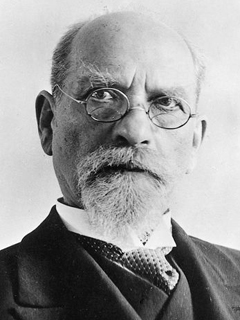
Publication details
Verlag: Springer
Ort: Berlin
Jahr: 2009
Pages: 321-342
Reihe: Phenomenology and the cognitive sciences
Volle Referenz:
, "A strange hand", Phenomenology and the cognitive sciences 8 (3), 2009, pp. 321-342.


A strange hand
on self-recognition and recognition of another
pp. 321-342
in: Dorothée Legrand, Thor Grünbaum, Joel Krueger (eds), Dimensions of bodily subjectivity, Phenomenology and the cognitive sciences 8 (3), 2009.Abstrakt
This article provides a phenomenological analysis of the difference between self-recognition and recognition of another, while referring to some contemporary neuroscientific studies on the rubber hand illusion. It examines the difference between these two forms of recognition on the basis of Husserl's and Merleau-Ponty's work. It argues that both phenomenologies, despite their different views on inter-subjectivity, allow for the specificity of recognition of another. In explaining self-recognition, however, Husserl's account seems less convincing. Research concerning the rubber hand illusion has confirmed that self-recognition involves more than an immediate experience of oneself. Merleau-Ponty's later work, describing self-recognition as the result of assimilative identification, will be used to explain the possibility of illusion between one's "hereness" and "thereness". The possibility of this illusion is inherent to self-recognition, while it is lacking in recognition of another.
Cited authors
Publication details
Verlag: Springer
Ort: Berlin
Jahr: 2009
Pages: 321-342
Reihe: Phenomenology and the cognitive sciences
Volle Referenz:
, "A strange hand", Phenomenology and the cognitive sciences 8 (3), 2009, pp. 321-342.


